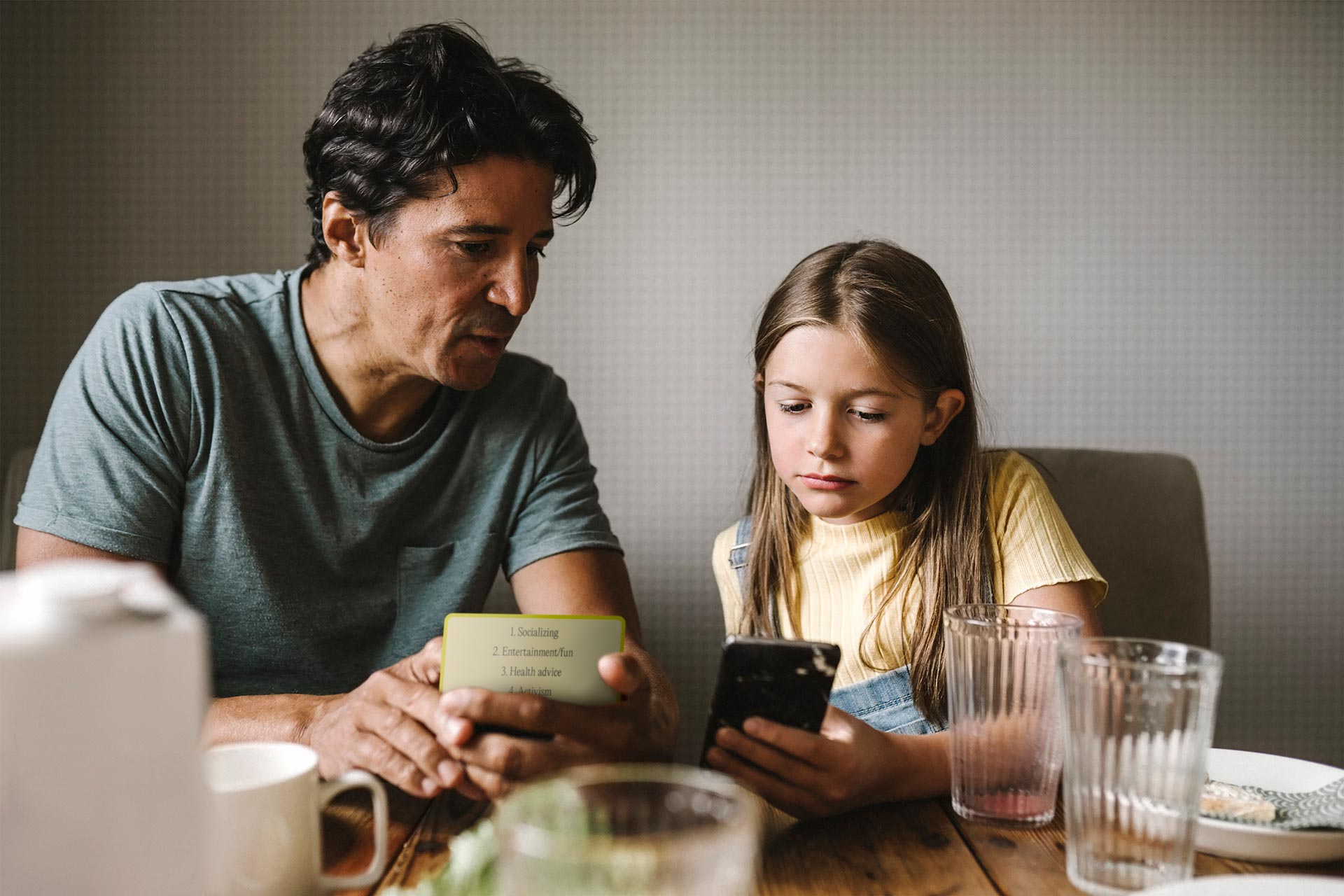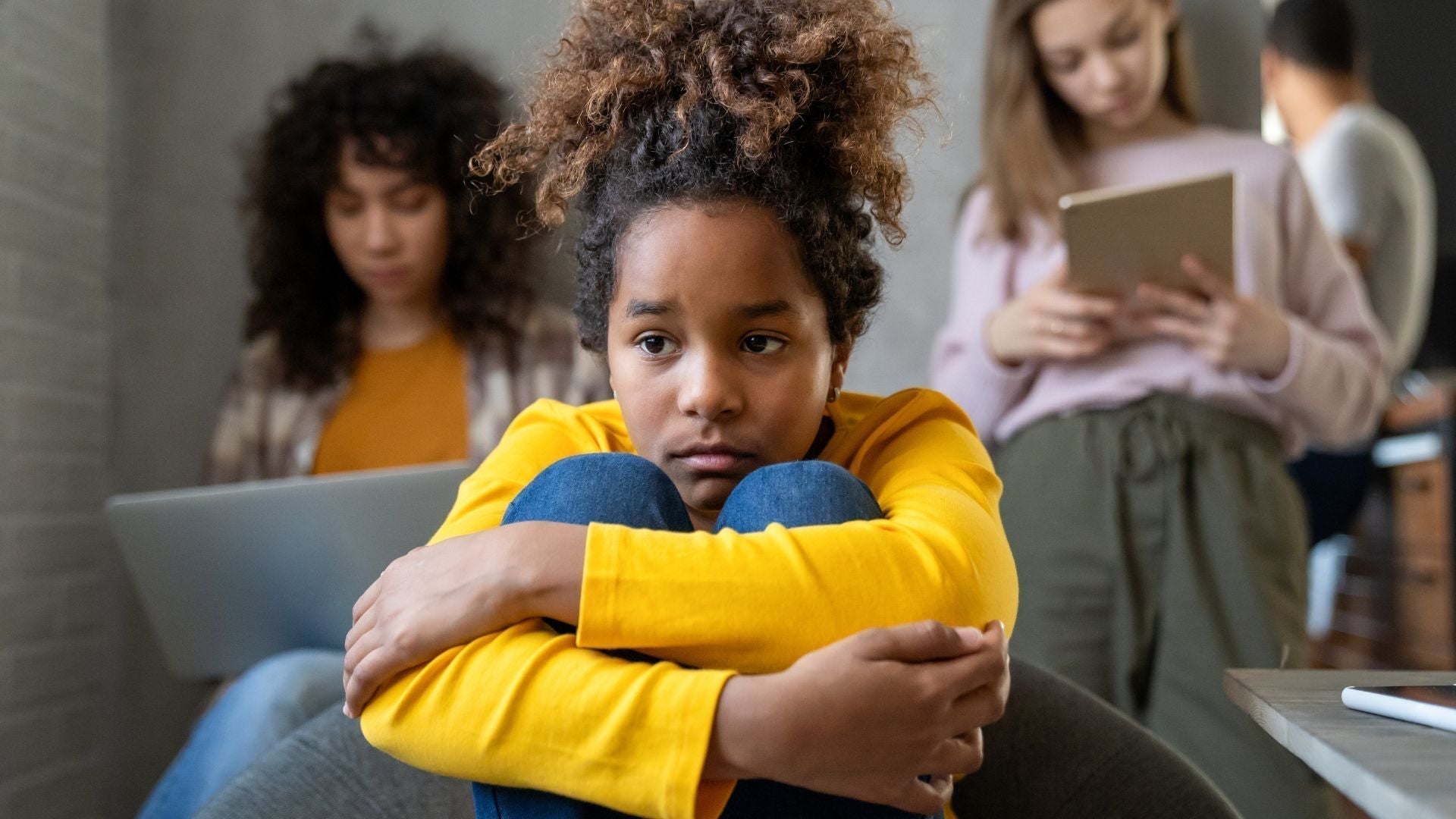The way kids communicate with friends online can be especially vulnerable to misunderstandings and hurt feelings.
Kids and teens today communicate in all kinds of ways - through texts, social media, and games. These interactions are mostly written, with no face-to-face cues like facial expressions or tone of voice. Combined with the impulsive and energetic nature of children’s brains who are just learning to navigate this kind of communication, it’s easy for misunderstandings to happen.

Why do misunderstandings happen?
Without being able to see or hear each other, kids (and adults too) can sometimes use language that comes across completely differently than it would in person. This can be swearing or joking, using all capital letters or overly expressive punctuation. Sometimes, we send messages that might sound like jokes to us, but can feel mean or confusing to the other person.
Since there’s no immediate feedback with facial expressions or body language online, we may not realize that our words hurt someone, or if the other person misunderstood our tone. This is why it’s so important to talk about digital communication and empathy with our kids, and model it ourselves.
Emojis and emotions can be confusing
Even simple messages can be misread. Emojis help, but they don’t always clear up the meaning or emotions behind a message. For instance, a friend might respond with a smiley face saying they’re “fine,” but they could actually be upset.
Moreover, the person’s mood reading the texts can influence how they perceive our words. We may have good intentions when sending a message, but if the receiver is feeling upset, they could read it in a different tone than intended.
Let’s encourage our kids to think about how their words might come across to others online.

Help kids understand digital empathy
Let’s encourage our kids to think about how their words might come across to others online. It’s important to understand that someone might feel hurt by a message, even if that wasn’t the intention. Encourage them to put themselves in the other person’s shoes and think about how their words might be read or experienced by someone else.
If we show interest in how our kids communicate with their friends, we can more easily pick up on examples of where they can practice communication skills and empathy.
Teens, who are especially sensitive to how their friends think of them, may also struggle with misinterpreting messages or feeling misunderstood.
Practice makes perfect
We have to remember that learning these skills takes practice and a lot of guidance, especially for younger kids who may not understand yet how others could see things differently. Teens, who are especially sensitive to how their friends think of them, may also struggle with misinterpreting messages or feeling misunderstood.
…
Learning to communicate kindly online and clear up misunderstandings are skills that take time to develop but are so important for having good relationships with less negativity. With patience, practice and good role modelling from us, we can help our kids communicate with empathy and respect. This way they can avoid misunderstandings and unnecessary drama in the future.





